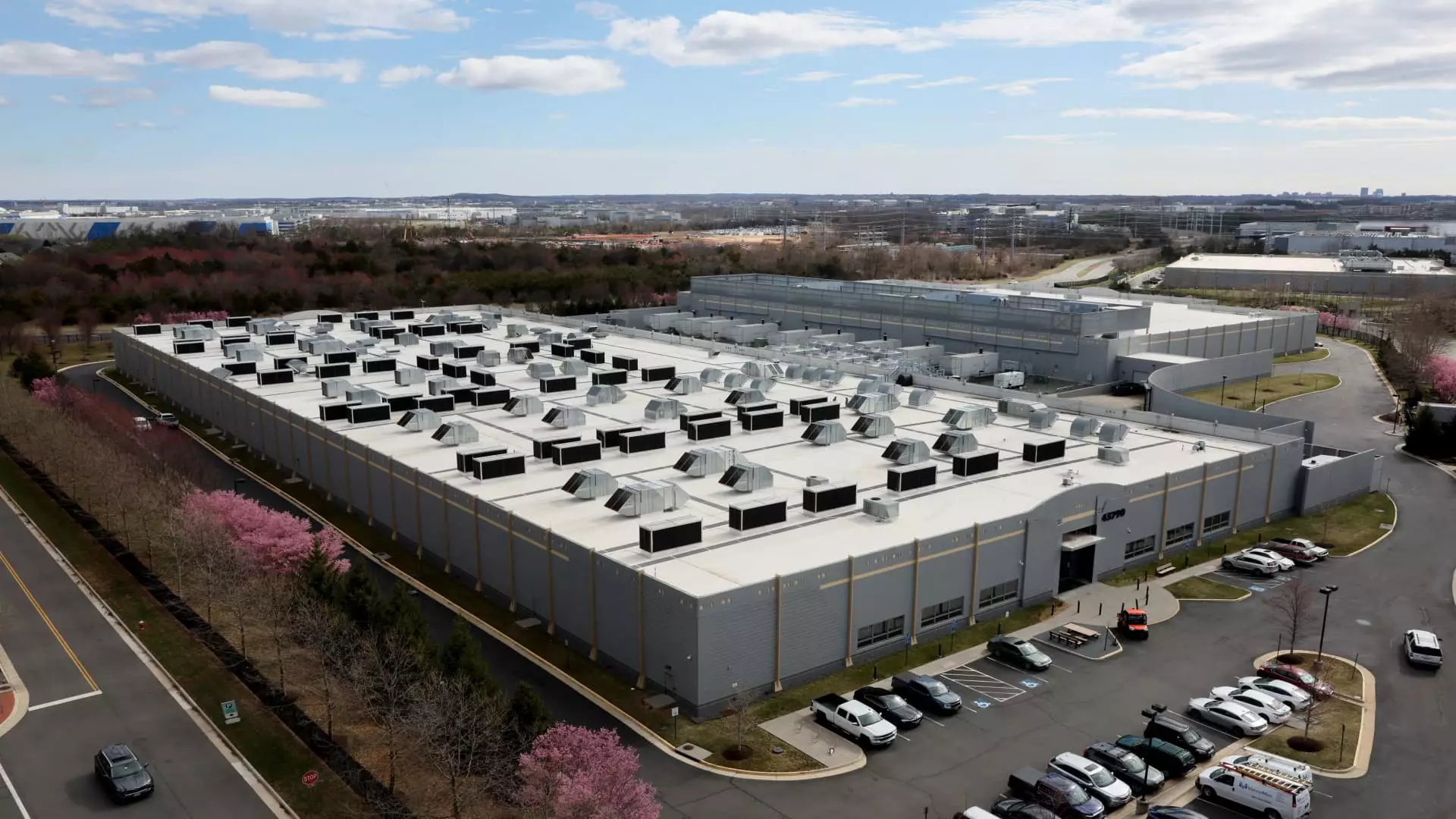The recent partnership between Abu Dhabi’s Sovereign Wealth Fund ADQ and American private equity powerhouse Energy Capital Partners (ECP) signifies a pivotal shift in energy infrastructure investments across the United States. The alliance, promising a staggering $25 billion commitment to bolster power generation not just for conventional utilities, but crucially for high-demand sectors like data centers and hyperscale cloud operations, reflects a growing recognition of the nuanced demands of modern industries. It’s a moment that compels us to rethink how energy allocation is managed, particularly as the digital economy expands at an unprecedented rate.
Addressing Electrifying Growth
One of the most crucial aspects of this partnership is its timing. The narrative around energy consumption in America has shifted dramatically; stagnation has given way to explosive growth forecasts. The U.S. Department of Energy projects electricity demand will surge, fueled by advancements in automation, the electric vehicle boom, and the relentless expansion of data centers—industries that are poised to swallow up more and more energy resources. This isn’t merely about keeping the lights on; it’s about ensuring continuity and reliability of energy supply in our tech-driven age. The projected doubling or tripling of data center electricity use by 2028 underscores a stark reality: we need to build the infrastructure capable of supporting this digital renaissance now, not reactively later.
Capitalizing on Opportunity
The $25 billion initiative aims to decouple energy production from traditional market constraints by creating captive power plants in proximity to where the energy is consumed. This proactive strategy not only meets immediate energy needs but also addresses long-term sustainability goals. By collaborating on innovative projects, ADQ and ECP exemplify a key principle of successful investment: adaptability. Both firms recognize that in today’s volatile market, especially with looming climate concerns, success hinges on being forward-thinking. The specifics of deploying capital towards 25 gigawatts worth of projects is a testament to their ambition and understanding of future trends.
Implications for Global Energy Policies
Moreover, this partnership is illustrative of a broader trend where the UAE is leaning into its oil wealth and diversifying into the knowledge economy through technology and renewable assets. This aligns strategically with U.S. interests, particularly amidst a global push for cleaner energy practices. The UAE’s drive to not just participate but lead in sectors like artificial intelligence and energy transition technologies ought to capture the attention of American policymakers. A collaboration between these two nations can help establish standards and frameworks that accommodate innovation while enhancing economic ties, ultimately a very favorable scenario for both parties involved.
The Competitive Race for AI Dominance
As tech giants like Microsoft, Amazon, and Google jostle for leadership in the artificial intelligence landscape, the energy demands of these data-intensive operations cannot be overstated. With ECP’s expertise as a leading private operator of power generation and renewable energy assets in the U.S., the timing of this partnership could not be more critical—especially when looking at projections that show data centers could account for over a third of new electricity demand through 2026. The necessity of integrating energy production with such industries is not just advisable; it is imperative.
A Call for a New Energy Paradigm
Thus, the ADQ and ECP partnership resonates beyond financial metrics; it calls for a radical rethinking of how energy investments align with the burgeoning high-tech landscape. We must question outdated paradigms that have historically governed our energy sector. The ongoing dialogue must shift towards embracing innovative financial models and collaborative opportunities that ensure sustainable growth. This investment highlights the pressing need for not just reactive responses but also proactive planning to create an energy ecosystem that is as dynamic as the technologies it aims to support.
The intricacies of this investment partnership deserve more than just cursory attention; they invite deeper considerations about a transformative future that mandates flexibility and strategic foresight. As societies grow more dependent on technology, so too must our energy solutions evolve accordingly. This partnership is a significant step toward melding the realms of digital innovation and energy integrity, reinforcing the notion that we must prepare for the future today, rather than wait for tomorrow’s demands to dictate our course.

